- According to users, Windows 10 sometimes doesn’t recognize the portable hard drive.
- It is a common error, but we've got just the right steps that you can follow to fix this problem, so keep reading.
- To be prepared for anything, you can check out more common errors with a hard drive in our separate Hard Drive Troubleshooting page.
- Even more articles on the same topic can be found in the Peripherals Troubleshooting section.
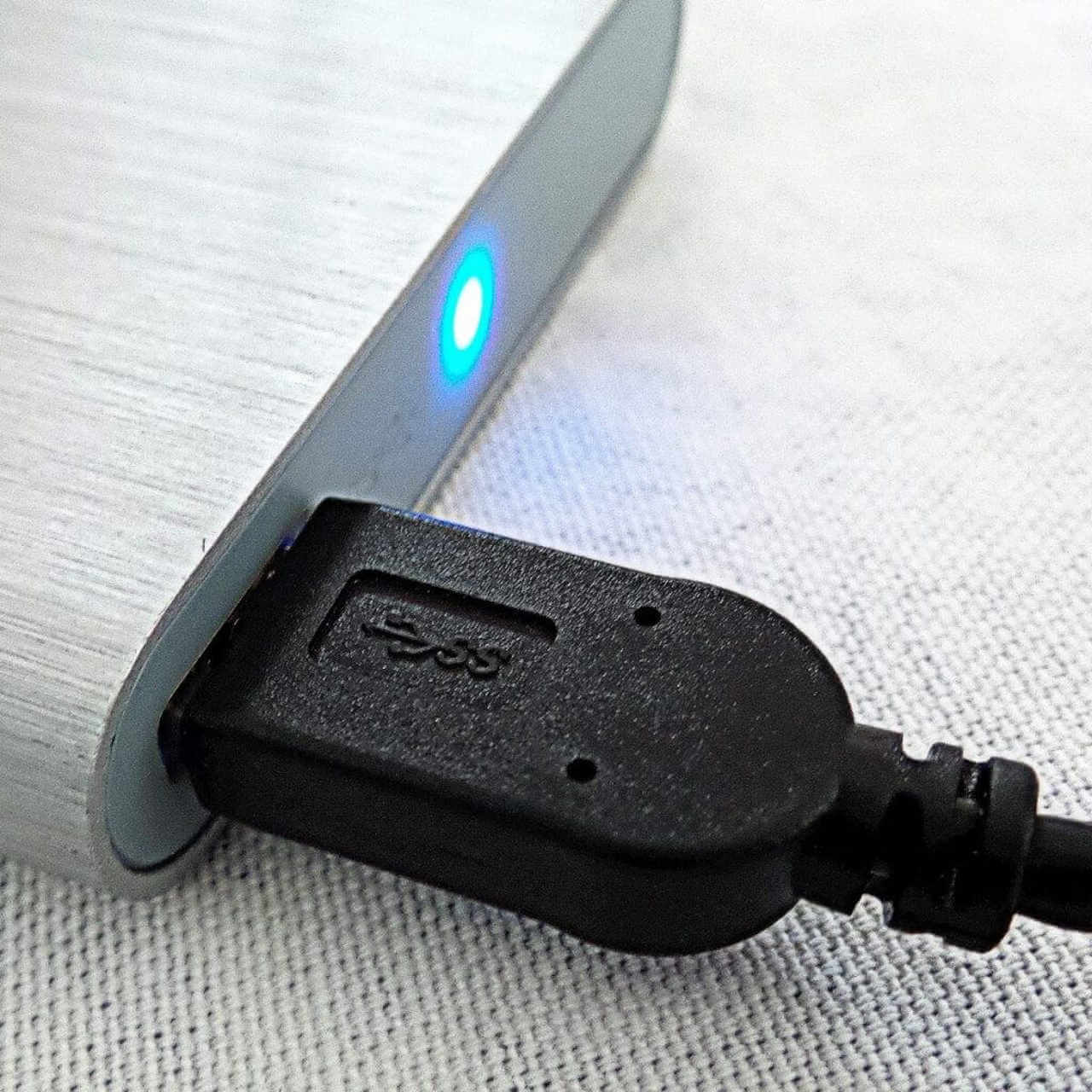
Portable hard drives are always useful if you’re moving big files, or if you simply need to back up your files.
However, it seems that some users are complaining that Windows 10 does not recognize the portable hard drive, so let’s see if there’s a way to fix that.
What to do if Windows 10 Does Not Recognize Portable Hard Drive
Portable hard drives are great for file backup, but sometimes your device might not be recognized. Speaking of issues, here are some common hard drive problems reported by users:
- External hard drive not showing up in Disk Management – This can be a big problem, and if you encounter it, be sure that your hard drive is properly connected to your PC.
- Can’t access external hard drive Windows 10 – Many users reported that they can’t access their hard drive on Windows 10. If that’s the case, make sure that you assign a different letter to your hard drive. Also, be sure to check if your hard drive is formatted.
- External hard disk not detected in Disk Management – Sometimes your hard disk might not show up in Disk Management at all. That can be due to your drivers, so be sure to keep them up to date.
- Windows doesn’t recognize the USB device/ drive/ stick – This problem can occur with almost any USB storage device, and even if you don’t use an external hard drive, you should be able to use most of our solutions with other devices.
Backup your files with these perfect tools for external hard drives!
1. Use a third-party app to optimize your PC
It is possible that some PC settings are not right and need optimization, hence your hard drive is not recognized. A dedicated third-party app can efficiently help you to fix all potential problems that affect the optimal functioning of your PC.
On this note, we recommend using Ashampoo WinOptimizer.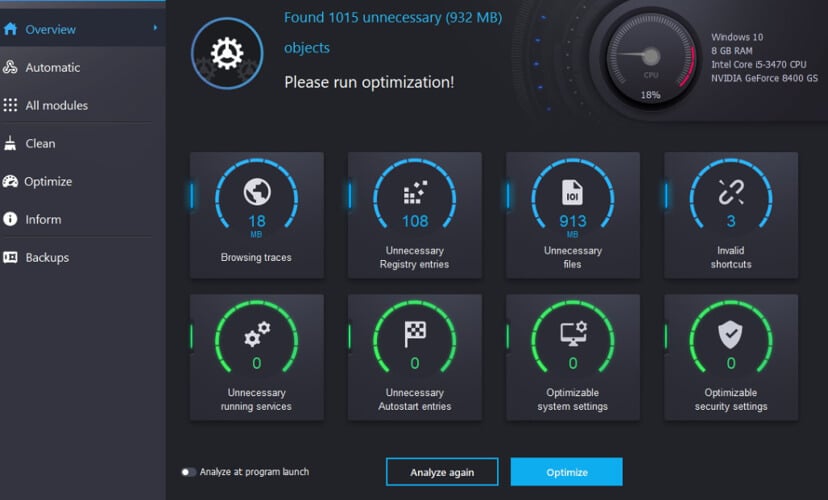
The tool offers in-depth cleaning, system optimization, and diagnosis, in an all-inclusive intuitive screen.
Installation is extremely easy and quick, and the optimization and diagnosis process likewise. The interface brings enhanced system details view, extensive details on installed hardware, plus dashboards for always up-to-date data and instant feature access.
What you will need in this particular case is the One Click Optimizer that you can find under System Maintenance. The tool will help you find web browsing traces, hidden data junk, superfluous Registry entries and system settings, such as your drivers, that need tuning.
Further on, you can use the task scheduler to perform any of these functions at custom intervals and fully automatically.

Ashampoo WinOptimizer
Use Ashampoo to restore essential settings of your PC and keep it optimized and healthy for .
2. Manually update your drivers
- Press Windows Key + X to open Win + X menu and choose Device Manager from the list.
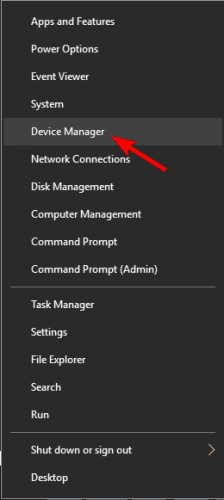
- Locate Disk drives section and expand it.
- Check if any of the listed devices have a yellow exclamation mark next to it. If there is an exclamation mark next to your device this means that there might be a driver issue. Right-click the device and choose Update Driver.
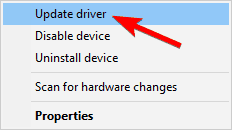
- Select Search automatically for driver software.
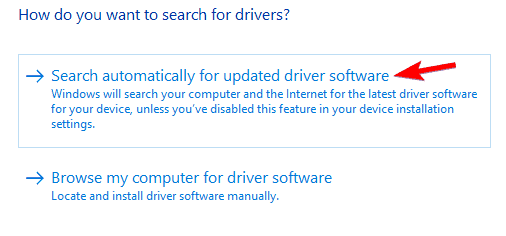
Windows will now search for a suitable driver online and install it automatically. After the driver is installed, check if the problem is still there.
In addition, users are recommending to update Universal Serial Bus Controller driver, so be sure to try that as well (also from the Disk drives menu).
In addition, you might want to check manufacturer’s website for latest drivers.
3. Change portable hard drive letter / Format your portable hard drive
- Press Windows Key + X and choose Disk Management from the menu.
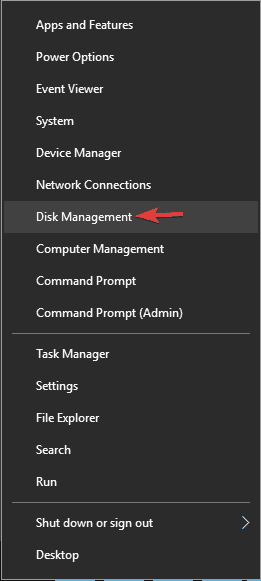
- Locate your portable hard drive in Disk Management and right click it. Choose Change Drive Letter and Paths.
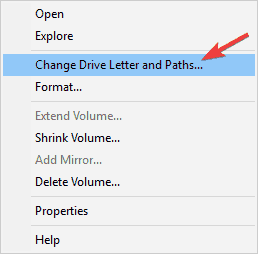
- A new window will appear showing you the current letter of your portable hard drive.
- Click Change and choose a new letter for it. Make sure that you choose the letter that you won’t assign to another drive.
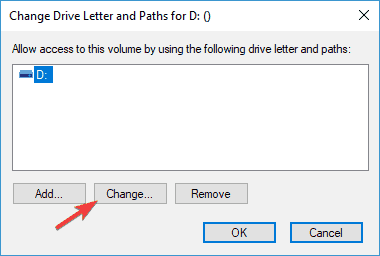
- You’ll be presented with a dialog confirming that you wish to change the letter of the drive. Select Yes to change the drive letter.
If Disk Management shows your portable hard drive filled with unallocated space you might want to format your portable hard drive.
Formatting a drive will delete all files from it, so make sure that you backup important files first.
To format the portable hard drive do the following:
- Open Disk Management.
- Right-click your portable hard drive and choose Format from the menu.

- Enter the label for your hard drive, choose File system type.
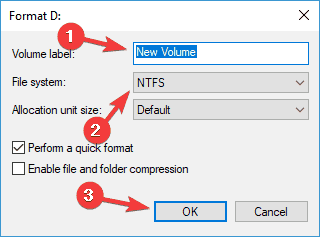
- Press OK and wait until your portable hard drive is formatted.
If you can’t do this in Disk Management, or you would prefer to use a different tool, we already covered some great disk management tools, so you might want to try one of those.
4. Run the Hardware troubleshooter
- Press Windows Key + I to open the Settings app.
- Go to the Update & Security section.
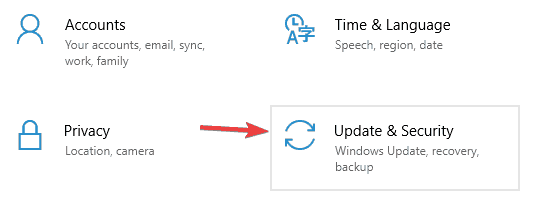
- Select Troubleshoot from the menu on the left and in the right pane choose Hardware and Devices. Now click Run the troubleshooter button.

- Follow the instructions on the screen to complete the troubleshooter.
Once the troubleshooting process is finished, check if the problem is still there.
Not a fan of Windows Troubleshooter? Try these user-friendly troubleshooting tools!
5. Uninstall problematic drivers
- Open Device Manager as shown above, in solution no.2.
- Locate your portable hard drive, right-click it and choose Uninstall device from the menu.
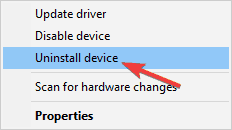
- Click Uninstall to remove the driver.
- Now click Scan for hardware changes icon. Windows will install the default drivers for your portable hard drive.
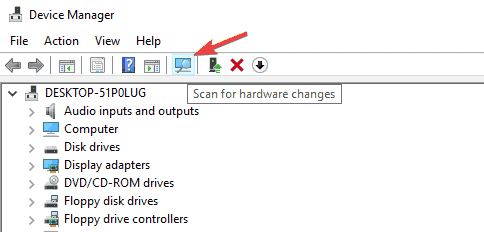
Some users are recommending to uninstall all devices under Universal Serial Bus Controllers section, so be sure to try that as well.
Use a driver removal tool to make sure everything gets deleted!
6. Check the cable and try the hard drive on a different PC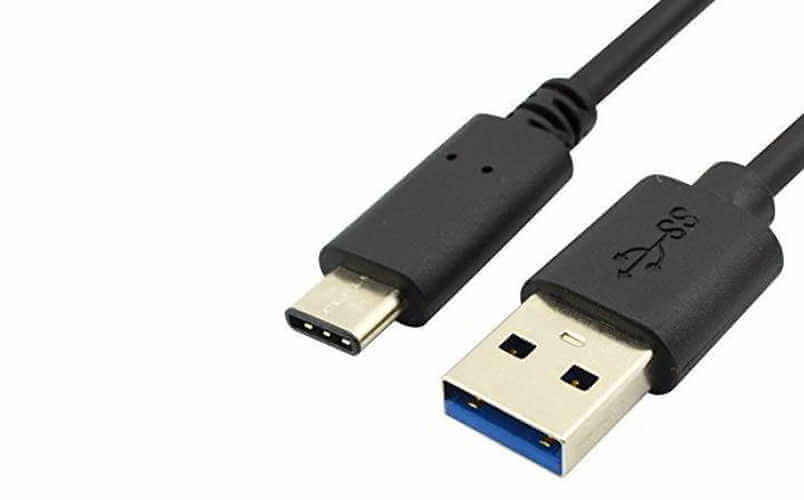
If your Windows doesn’t recognize the portable hard drive, it’s possible that there’s an issue with its cable.
Be sure to inspect your cable, and if your cable is broken, you’ll need to replace it. In addition, you can try the portable hard drive on a different PC.
If the same problem appears on another PC, the problem is most likely related to your portable hard drive.
Most likely the hard drive isn’t properly configured or formatted, so you’ll need to configure it properly before you can use it.
7. Install Mass Store Device driver
- Open Device Manager as mentioned above in the second solution.
- Locate your portable hard drive, right-click it and choose Update driver.
- Select Browse my computer for driver software.
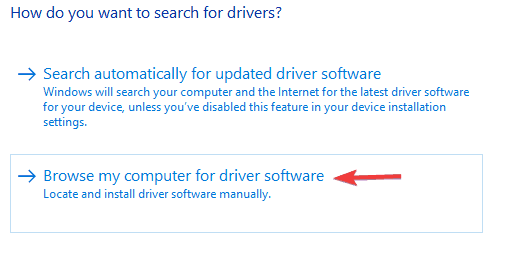
- Select Let me pick from a list of available drivers on my computer.
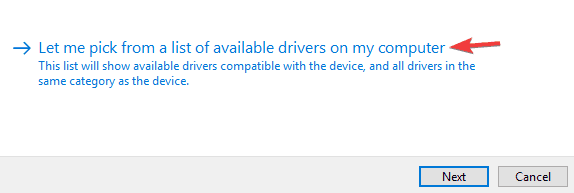
- Now select the Mass Storage Device driver and install it.
After this driver is installed, check and see if the problem is resolved.
8. Inspect your portable hard drive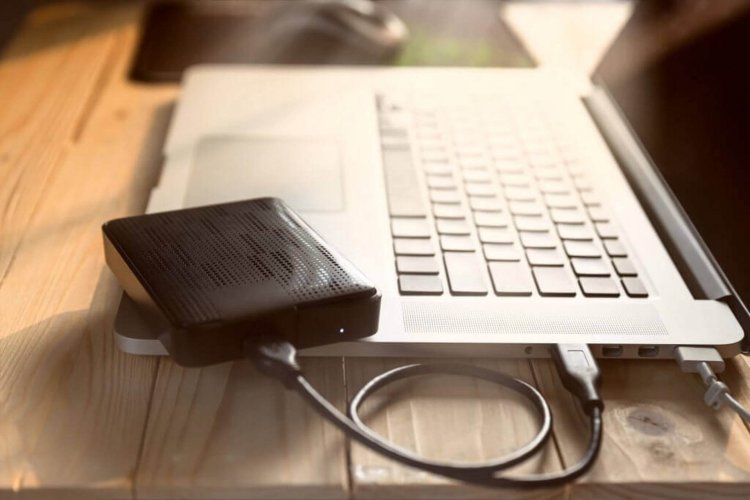
If Windows 10 can’t recognize your hard drive, you might have to check few things before using it. You need to check the following:
- Make sure that your hard drive is turned on. Sometimes you might have issues with your hard drive simply because it’s not turned on. To fix the problem, check your drive for the power switch and press it. If your hard drive has a power cable, be sure that you connect it.
- Connect the drive to a different port. In some rare cases, it might happen that your USB port isn’t working properly. Your USB port might be damaged, or it might not be fully compatible with your hard drive.
- Connect the hard drive directly to your PC. Many users tend to use USB hubs in order to connect multiple USB devices to a single port. Even though USB hubs are quite useful, your hard drive might not work if you connect it to the USB hub. To fix the problem, connect the hard drive directly to your PC and check if that helps.
We also have to mention that if your hard drive is formatted using Linux or Mac with ext4 or HFS Plus File system type you won’t be able to access it on Windows 10 until you format it on Windows.
Replace your portable hard drive with one of these external hard drives with cloud access and bonus storage!
If you have any comments or questions, just reach for the comments section below.
FAQ: Learn more about external hard drive issues
- How do I fix an unresponsive external hard drive?
Windows 10 comes with a few built-in troubleshooting methods that you can use to fix an unresponsive or even invisible hard drive.
- What are the disadvantages of a portable hard drive?
The advantages of using a portable HDD are more numerous than the disadvantages. However, as any piece of hardware, HDDs have a lifespan and most functionality errors you encounter can be fixed.
- How can I recover data from a dead hard drive?
There are several recovery tools that you can try for free to recover data from a dead hard drive.
Editor’s Note: This post was originally published in October 2015 and was completely revamped and updated in July 2020 for freshness, accuracy, and comprehensiveness.
Was this page helpful?
Get the most from your tech with our daily tips
and
If you are looking for a cheap and genuine microsoft product key, warranty for 1 year.
It will be available at the link: https://officerambo.com/shop/
Microsoft Windows Embedded 8.1 Industry Pro : https://officerambo.com/product/windows-embedded-8-1/
Key Windows 7 Professional / Home Base / Home Premium (2 USER) : https://officerambo.com/product/key-windows-7/
Microsoft Windows 8.1 PRO (2 PC) : https://officerambo.com/product/microsoft-windows-8-1-pro/
Windows Server 2012 R2 : https://officerambo.com/product/windows-server-2012-r2/
Visual Studio Enterprise 2019 : https://officerambo.com/product/visual-studio-enterprise-2019/
Windows Server Standard / Datacenter / Essentials : https://officerambo.com/product/windows-server-all-version-standard-datacenter-essentials/
Microsoft Office Professional Plus for Windows : https://officerambo.com/product/microsoft-office-professional-plus-for-windows/
Microsoft Office Home and Student for Windows : https://officerambo.com/product/microsoft-office-home-and-student/
Key Microsoft Access 2016 : https://officerambo.com/product/key-microsoft-access-2016/
Microsoft Visio Professional : https://officerambo.com/product/microsoft-visio-professional/
Microsoft Project Professional : https://officerambo.com/product/microsoft-project-professional/
Account Microsoft Office 365 Profestional Plus 2020 Update For 5 Devices : https://officerambo.com/product/account-microsoft-office-365/
Key Microsoft Windows 10 Profestional / Profestional N : https://officerambo.com/product/key-microsoft-windows-10/
Key Microsoft Windows XP Pro : https://officerambo.com/product/key-microsoft-windows-xp-pro/
Microsoft Office Home and Business for Mac : https://officerambo.com/product/microsoft-office-home-and-business-for-mac/
No comments:
Post a Comment